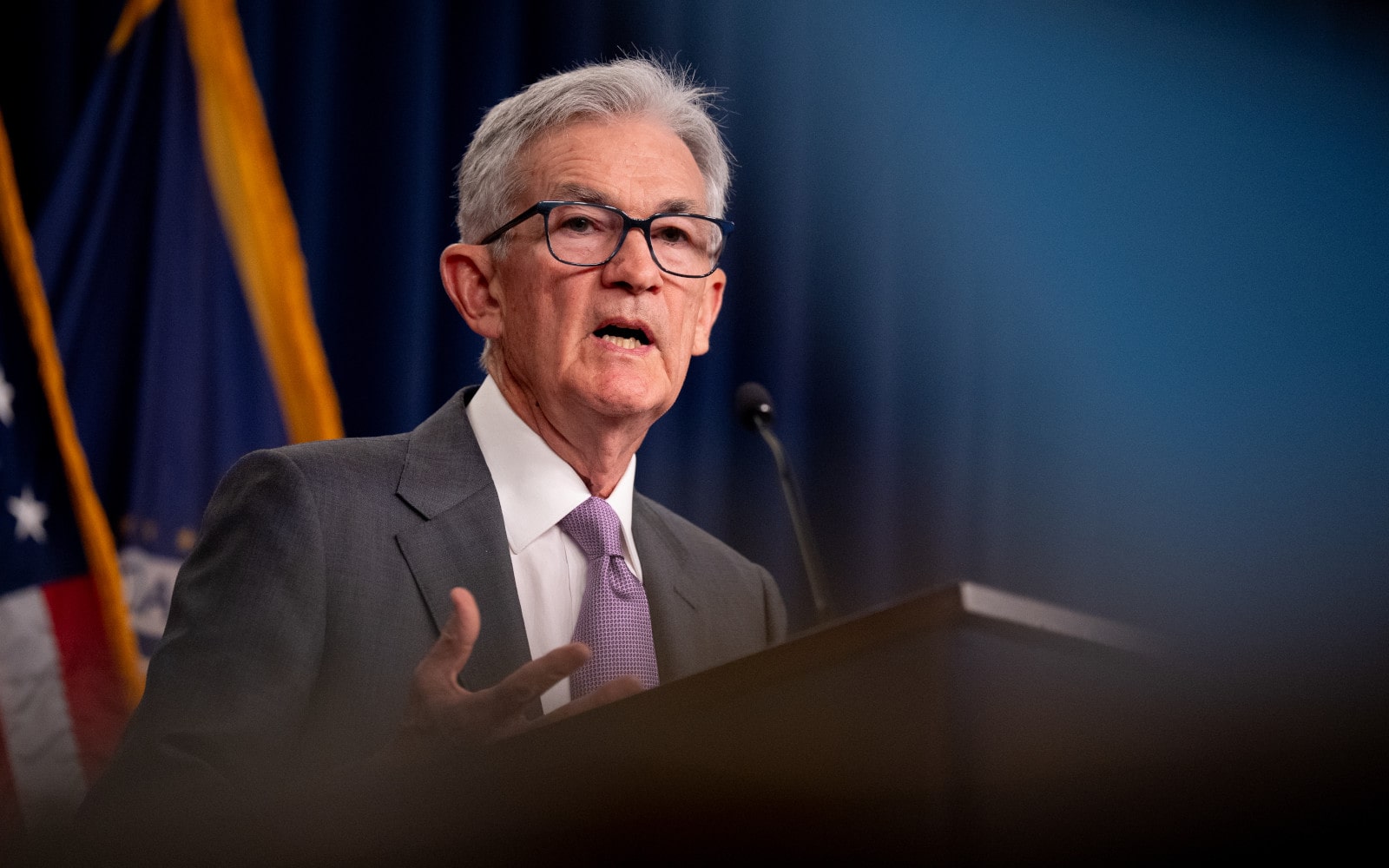While no official timetable has been set, recent comments from Fed officials have suggested that the central bank is preparing to shift toward a more accommodative policy stance if current inflation trends continue. This subtle but significant signal comes as inflation shows clear signs of cooling, with several key economic indicators pointing to a normalization of prices across goods, services, and labor markets. Core personal consumption expenditures (PCE)—the Fed’s preferred inflation gauge—fell for the third consecutive month in April, suggesting that the Fed’s extended period of tightening may finally be achieving its intended results.
Markets React to Policy Shift
Equity markets responded quickly to the news, with the S&P 500 and Dow Jones Industrial Average climbing in the days following the Fed’s comments. Bond yields dipped as traders priced in the potential for one or even two rate cuts before December, while the U.S. dollar weakened slightly against major global currencies.
“The Fed’s message was measured but meaningful,”said a senior economist at Merchant Gold Group.“Markets are interpreting this as a green light to re-enter risk assets with more confidence — especially after a period of cautious positioning.”
Key market moves:
- Equities: S&P 500 and Dow Jones up
- Bonds: Yields down on rate-cut bets
- Currency: U.S. dollar softens against peers
Interest-sensitive sectors—technology and real estate—posted strong gains amid growing expectations of a lower cost of capital. Meanwhile, gold also saw upward movement, reaffirming its dual role as both a safe-haven and a strategic hedge against monetary uncertainty.

What’s Behind the Fed’s Tone?
The Federal Reserve’s shift in tone is rooted in a broader reassessment of the macroeconomic environment. While inflation was the dominant concern throughout 2023 and early 2024, the current backdrop features more balanced dynamics:
- Slowing price growth across goods, services, and labor markets
- Steady employment figures, with unemployment near historic lows
- Resilient consumer spending, particularly in services and discretionary sectors
Fed Chair Jerome Powell emphasized that any decision would be data-driven, cautioning against premature market expectations:
“We are encouraged by the recent moderation in inflation,” Powell said at a May 29 economic forum.“If this trend continues and labor markets remain healthy, we will consider adjustments to the federal funds rate later this year.”
It’s a nuanced message—but one that reflects a pivot from reactive tightening to a more proactive, forward-looking stance.
Opportunities and Caution for Investors
For investors, this potential shift in policy opens the door to new opportunities—but also carries risks:
- Possible benefits
- Cheaper borrowing costs
- Stronger corporate earnings
- Higher valuations in equities and real assets
- Key risks
- Rekindled inflationary pressures if cuts are too aggressive
- Market volatility during the transition
At Merchant Gold Group, we advise clients to remain diversified, balancing their equity exposure with defensive assets such as gold and silver. Rate cuts can be bullish for precious metals, particularly when they coincide with currency weakness or renewed inflation concerns.
Already in 2025, gold has performed well, driven by both geopolitical tensions and shifting central bank policies around the globe.
Looking Forward
As the Federal Reserve navigates its next chapter, investors will be closely watching:
- Upcoming inflation data (especially core PCE)
- Employment reports and labor-market health
- Global economic developments that could impact U.S. policy
The possibility of rate cuts—while not guaranteed—marks a potential turning point in monetary policy and the broader market narrative. For now, the Fed’s message is clear: the door is open to easing, but the path will depend on the data.






